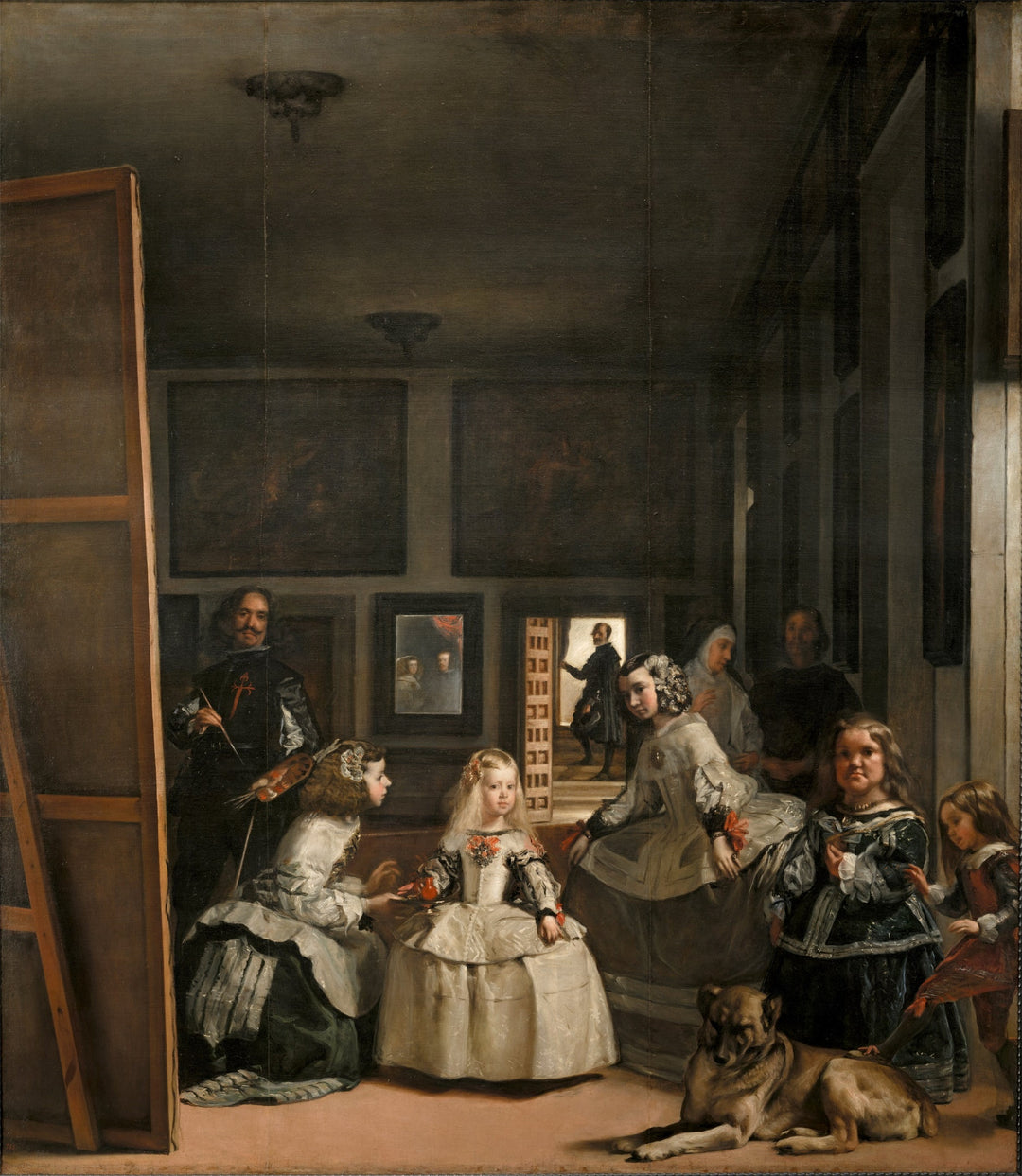
Diego Velázquez

Diego Rodríguez de Silva y Velázquez, born in 1599 in Seville, is one of the most outstanding painters of the "Spanish Golden Age". His style is characterized by unparalleled realism and mastery in handling light and shadow. Velázquez began his artistic training with Francisco Pacheco, whose influence was fundamental in his early works, marked by tenebrism and meticulous detail. However, his style quickly evolved towards greater freedom and naturalness in the representation of human figures and landscapes.
The artistic movement that most influenced Velázquez was the Baroque, characterized by its dynamism, contrast of light and shadow, and intense representation of emotions. Within this movement, Velázquez developed a technique of loose brushstrokes that endowed his works with unique liveliness and spontaneity, which can be observed in his famous work "Las Meninas".
Velázquez, in turn, influenced numerous later artists and artistic movements. His impact is particularly notable in Impressionism, where painters like Édouard Manet and John Singer Sargent found inspiration in his masterful use of light and composition. Manet even described Velázquez as "the painter's painter" for his ability to capture life and movement with extraordinary precision and naturalness.
Among the most recognized works of Velázquez are "Las Meninas," "The Surrender of Breda," and "The Portrait of Pope Innocent X." These paintings not only reflect his technical skill but also his ability to capture the psychology of his subjects and the atmosphere of the scenes he depicted.
In addition to his influence on Impressionism, Velázquez also left his mark on Realism and Expressionism, with artists like Francisco de Goya and Pablo Picasso acknowledging their debt to the Sevillian master. Goya, in particular, was deeply influenced by the way Velázquez portrayed royalty and nobility, endowing them with palpable humanity.
